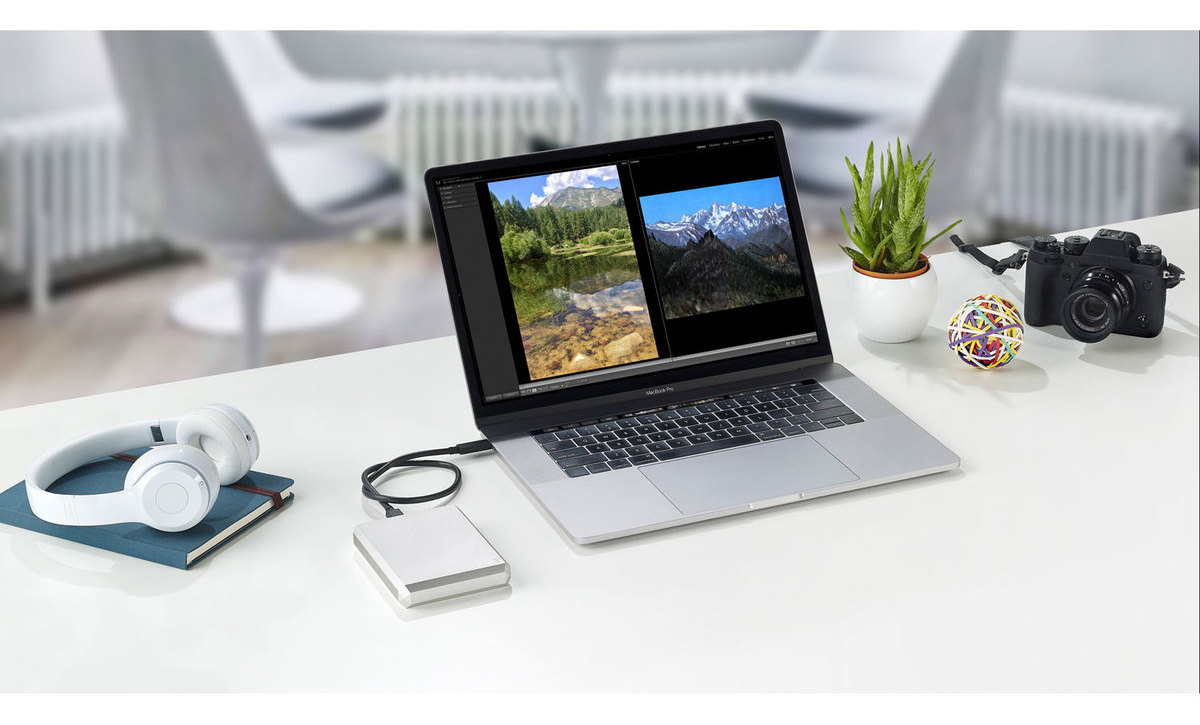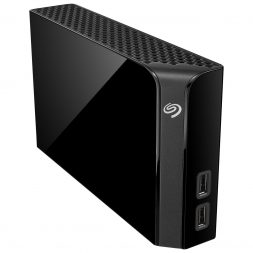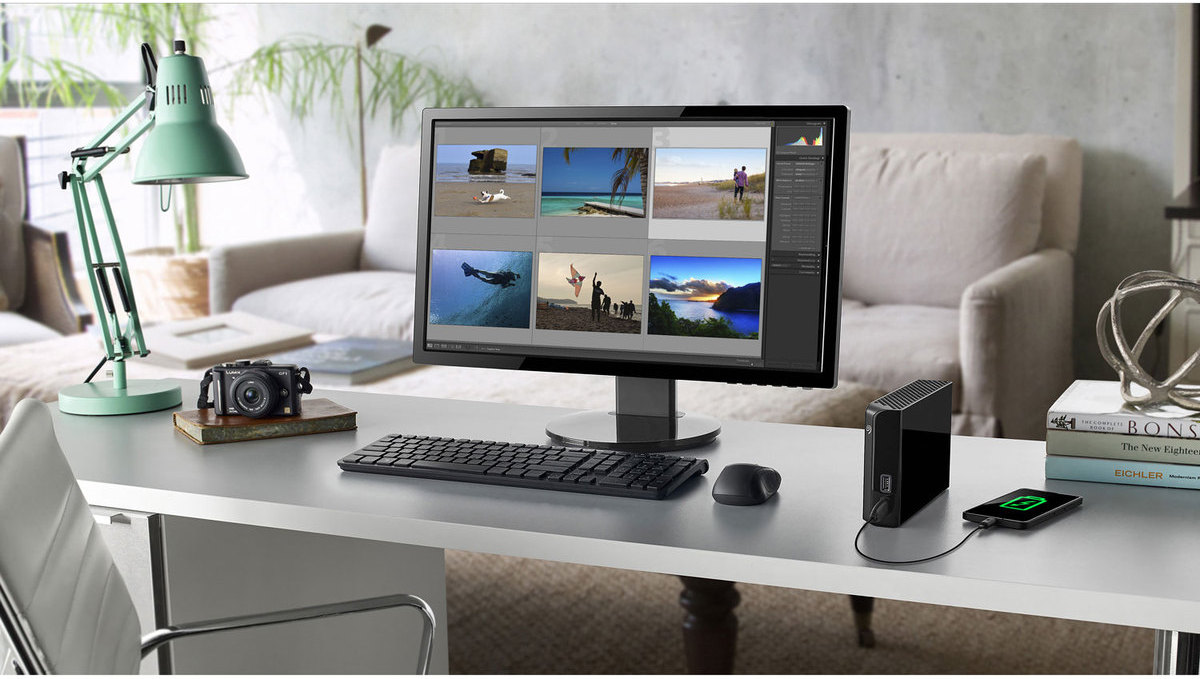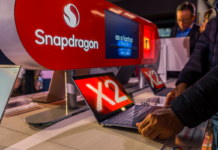
This is a very exciting time to be looking for new external storage options for your computer or laptop. I know, what could possibly be exciting about computer storage? Well, as dry as the subject of “storage” might be, we are currently at the point where storage options have exploded. Traditional hard disk drives (HDD) are now available in capacities that were unimaginable just a few years ago. Solid state drives (SSD) have been falling in price and have made the leap from internal drives to viable external drives. They’re extremely fast, silent, and tiny. As if that weren’t enough, with USB 3.1 and high speed USB-C, the connectivity between external drives and PCs has never been so wickedly fast.
Everyone needs external storage
If you own a desktop PC or a laptop you need external storage. It doesn’t matter how much storage capacity your PC has—you could have 2TB of free space—an external drive is still a must-have PC accessory. Why? I wrote a post a few years ago that goes into detail, but the gist of it is when you rely solely on your computer, that is the only copy of your data. Think of all the things that could go wrong. Your computer could be stolen, the drive could fail, you could download a virus, it could be locked down by ransomeware, data could be corrupted … the list goes on.
An external drive is the fastest and easiest way to ensure your system is backed up, and you have a backup copy of all your data. It’s faster than a cloud backup and there are no monthly fees. With an external drive, you can free up space on your primary drive for better performance. And with an external drive, you can pick it up and carry it anywhere. If you buy a new PC, just plug in that backup drive and you have everything needed to be quickly up and running with all your data.
Essentially, an external drive is really cheap insurance for your digital life, as well as offering functionality including additional storage capacity, and portability.
What are the differences between SSD and HDD?
SSD and HDD are both available as internal and external computer storage. But that’s where the similarities end.
HDD
Hard disk drives are the traditional storage technology used by PCs. They are mechanical drives that use a read/write head that moves back and forth over a moving magnetic platter. The concept is something like a record player, except the HDD can write data as well as read it.

HDD’s come in different physical sizes, with the most popular being 5-1/4-inch (used primarily in desktop PCs) and 2-1/2-inch (primarily used in laptops). They also come in different speeds, which indicates the speed at which the platter rotates. The most common speeds are 5400rpm and 7200rpm. That faster the rotation speed, the faster the drive can read and write data.
While HDDs are proven technology—they’ve been in use since the early days of personal computers—they do have some issues.
A mechanical drive spinning at 7200rpm is subject to wear and tear. In addition, a bump or even dust that gets into the enclosure can cause the read-write head to bounce and damage the platter. HDDs make noise during operation, and they generate some heat, external cases will include venting for excess heat to escape. With an HDD it’s not a question of “if” it will fail, it’s a question of “when.” I’ve experienced three or four HDD failures firsthand, and they almost always come without warning—thus the importance of that external backup drive …
If HDDs are noisy and doomed to break down, why do we still use them? First, I want to make the point that failure isn’t a frequent event, just something that will eventually happen. I have a large collection of external HDDs and three of those have been in operation 24/7 for nearly a decade. Ultimately, there are two reasons HDDs remain popular, especially as external storage: capacity and price.
HDDs remain significantly less expensive than solid state storage, especially at larger capacities. And the capacity of external HDDs has become truly massive. You can now easily find external hard disk drives with a capacity of 10TB! I have a Mac that serves as an iTunes server for my house, and I have an array of external HDDs housing the library of (legally purchased) movies. I say array, because at the time I set the system up, 2TB was considered high capacity, so there are four of them lined up on my desk. I could now replace that array with a single 10TB external HDD … If you have large amounts of data, especially multimedia content like movies, digital photos and video games, the price/capacity ratio of external HDDs is tough to argue with.
SSD
Solid state drives have been around for much less time than HDDs, but they are becoming increasingly popular. There are no moving parts to an SSD, just NAND flash memory chips and a controller. Like the RAM in your computer, NAND is fast; but unlike RAM, NAND flash memory saves the data stored in it even when powered down.

SSDs use less power, generate less heat, make no noise, and with no moving parts they are more reliable than HDDs, with a longer lifespan. They are tiny, and the latest generation of M.2 storage has reduced the SSD form factor to a stick, similar in appearance to a stick of RAM. SSDs are not infallible (you’ll still want backup), but when they do fail, you often have some warning: for example, slower data transfer speeds or copy failures due to bad blocks. Check out my recent post on why you need an SSD for more detail on the many selling points of these drives.
The biggest advantage of SSDs by far is speed. Doing a direct comparison is difficult because like HDDs, SSDs come in different speeds, but generally speaking it’s not unusual to see an SSD read and write data at a sustained rate that’s 10x the speed of an HDD. In addition, SSDs are typically even faster at the start of an operation because there is no latency cased by a disk spinning up and a read/write head moving into position.
The combination of speed, size, durability, cool operation, and lack of noise has made SSDs the drive of choice for laptops. Cost has held widespread adoption back, but with prices coming down year after year, SSDs are now affordable in high enough capacities to make them practical as external drives. Capacities tend to be in the 500GB to 1TB range, making these external SSDs ideal for external system backup and storage of critical files. And they are tiny. A 1TB external SSD can be as small as a pack of cards, making it extremely portable.
Which is best for your situation: SSD or HDD?
Finally, we come to the big question. Which is best, SSD or HDD? If solid state storage was priced the same—MB to MB—as traditional hard disk storage, there would never be a reason to ever buy an external HDD again. But the reality is, we’re not there yet. After a decade of having SSDs in the mainstream, we’re getting closer, but if you need mass storage, HDD is still the technology of choice.
My own computing setup is currently configured the way I recommend most people going these days. My computer system backup (including my business data) is done to an external SSD. It’s zippy, pocketable, and if my internal drive goes down I can plug this drive into a replacement PC and be back up and running—exactly like I left off—in an hour or two.
Mass data storage—the terabytes of iTunes movies, TV shows, music and my digital photo library—are backed up to high capacity external HDDs. They’re not as fast, but they don’t need to be. What counts is they offer terabytes of external storage at an affordable price.

Another factor to consider outside of SSD vs HDD and capacity is connectivity. The port your external drive connects to will affect the speed of data transfer. For example, USB 3.0 has a maximum data transfer speed of 5Gbps, while USB 3.1 can handle 10Gbps. In addition, some external drives are now offering USB-C connectivity—something to consider if your PC or laptop is equipped with UBC ports. Also on the table are extra ports. Some external drives will offer a powered USB port or two, perfect for charging your mobile devices or plugging in accessories like a mouse.
What brands offer external storage?

When it comes to external storage, the big names in computer storage are there: Western Digital and Seagate. The arrival of external SSDs has added more names to the mix, companies that specialize in digital storage such as Samsung and Lexar. And then there are brands that bring something different to the table, including LaCie (rugged external drives), G Technology (the Seagate brand aimed at complementing aluminum Mac computers), and Silicon Power (portable durability).
Choice is good, and when it comes to external drives, you have plenty of choices: technology, capacity, connectivity, and brand. Manufacturers are also bringing their design game to external drives these days. They’re available in a wide range of shapes, sizes and even colours. Whatever external drive you decide on as being best for your situation, you can count on finding it at Best Buy.




